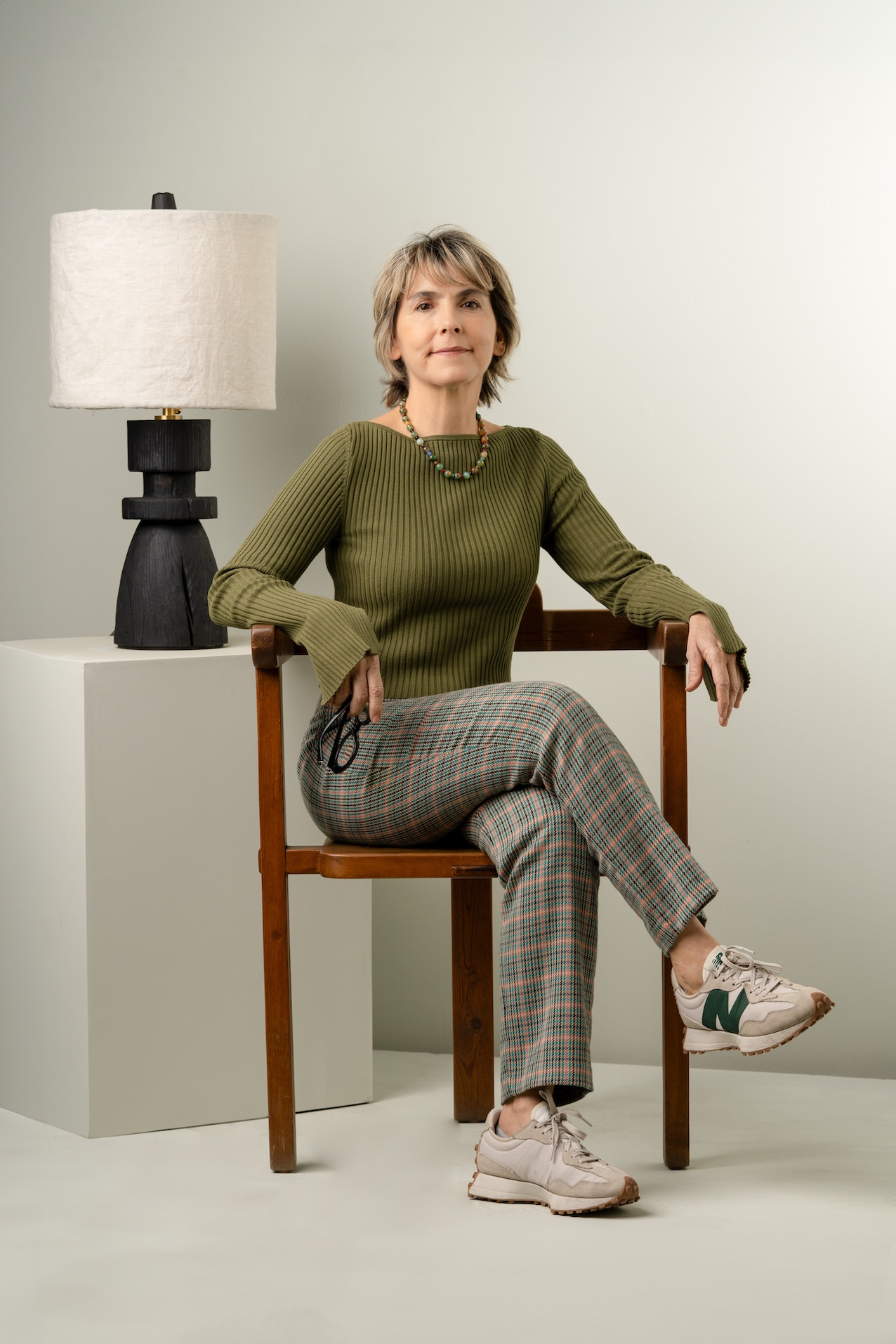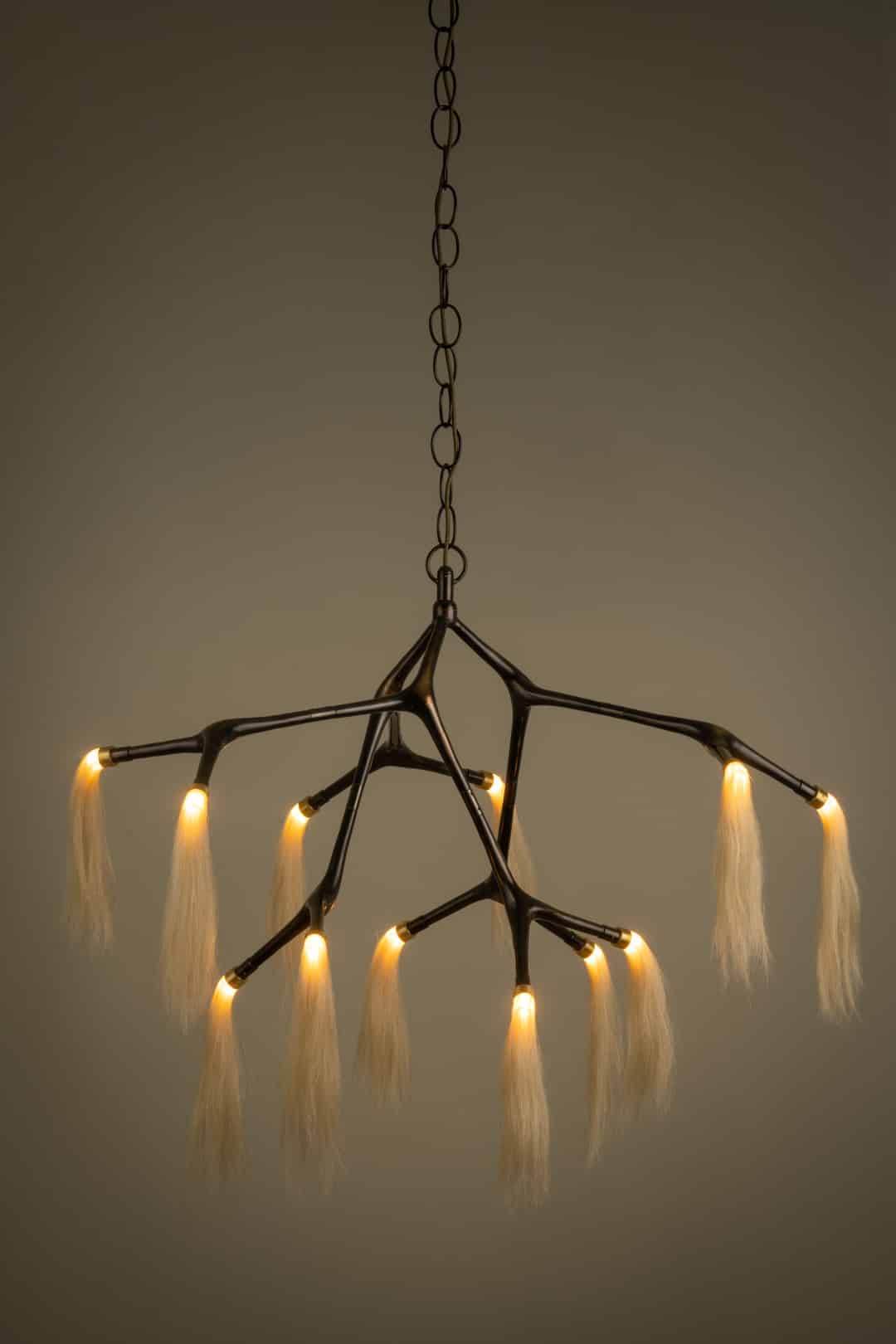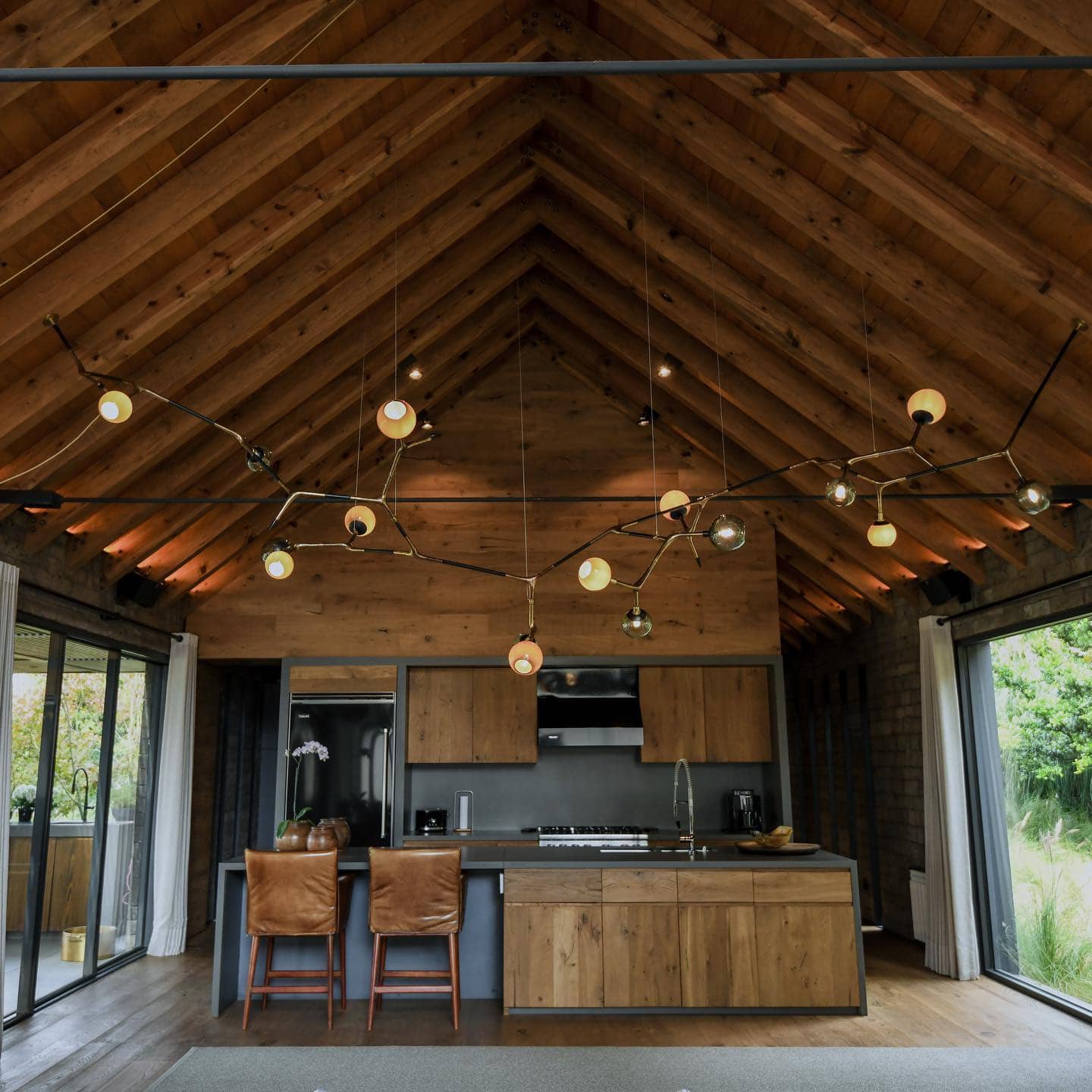
Isabel Moncada
1. Where were you born and where are you from ?
I was born in Guadalajara, Mexico and I live in Zapopan, Jalisco (Mexico).
2. What is your first memory connected to the art world ?
Ever since I can remember, I’ve been devoted to inventing and creating things with my hands. I have a natural ability to generate ideas and bring them to life. During my adolescence, I was part of a theater group, exploring various means of expression. After completing my education, in the ’90s, I began to engage in more formal artistic pursuits, exhibiting my work in art galleries.
3. Have you always worked in the art/design field ?
In response to my philosophical inquiries, I earned a degree in psychology. Although not an artistic career, I believe it provided a valuable approach to my art education. I began questioning, analyzing, and discerning in essays and discourse about existence. After my studies, I started teaching artistic expression and psychomotor skills and working in studios of established sculptors, eventually exploring utilitarian design, particularly in lighting.
4. What led you to the design creation ?
Inspired by female artists, I initially created sculptural objects with non-traditional techniques, incorporating electrical installations for light. Some became functional for illumination. Over time, I ventured into utilitarian design, particularly in lighting, filling a gap in the market. My goal was to innovate by designing lighting that wasn’t available, eventually working on projects for international hospitality chains.
5. How would you describe your creative process and it influences ?
My creative process has evolved, from initial ambiguity to disciplined and rigorous ideation. Ideas come spontaneously, and my imagination doesn’t adhere to a schedule. I draw to solidify concepts. Designing functional lighting requires tenacity and keen observation. Constraints enhance creativity, blurring the line between utility and art in my pieces.
6. Could you describe a typical day of your work ?
I’d fill all 24 hours if possible. Despite insomnia, I wake up early. I manage a company with my husband, overseeing design processes, manufacturing techniques, and human resources. I enjoy being at home, cooking, and finding inspiration in various activities.
7. Why did you choose the specific materials you work with ?
I use genuine materials, avoiding imitations. I prefer noble metals like bronze or brass for their strength and finish. Blown glass, known for its transparency, is another favorite. I’m exploring new materials like stone, ceramics, resin, and rattan for future designs.


8. What are the technical particularities of your creations ?
I’ve revived the almost-lost craft of metalworking in my workshop. Brass pieces are cut, formed, and welded using traditional techniques like forging and hammering. Some designs retain the hammer marks intentionally. The lost-wax casting process is laborious but integral for certain pieces. Blown glass, a centuries-old tradition, is done without molds for unique shapes. Wooden pieces, like those in the DE PALO collection, use the ancient Japanese Shou sugi ban technique.
9. What advices could you give to beginning artists who would like to create sculptural design works ?
Beyond spiritual self-awareness, hands-on experience is crucial. Learn welding, handle tools, understand physics, and experiment fearlessly. Develop a relationship with materials, exploring their possibilities. Sculpture, as Rodin said, is within the piece—find it.
10. If your works had to belong to a design movement, in which one would you define it ?
Influenced by various movements, I align with a transmodernist, biocentric, and sociocentric vision in the 21st century, respecting nature, sustainability, and promoting equity.
11. What designers and artists have influenced you ?
Growing up in Guadalajara, I was influenced by the Midcentury Modern Style and Mexican architects like Luis Barragán. Clara Porset’s fusion of modern design with Mexican craftsmanship also inspired me. Classic designers like Achille and Pier Castiglioni left a lasting impression.
12. What contemporary designers do you appreciate ?
Ingo Maurer, Noguchi, Carla Fernandez, Hector Esrawe, Jorge Pardo, Hella Jonguerius, Mathieu Lehanneur, Mark Newson.
13. What contemporary artists (in any kind of art) have you been inspired by ?
In the ’90s, Niki de Saint Phalle and her disruptive paintings influenced me. Later, Louise Bourgeois became a guru with her powerful, feminine energy and elegant depictions of organic forms.
14. If you had to summarize your creations in one word or sentence, what would it be ?
Strength lies in subtlety.
15. Anything you would like to add?
Admired poets, writers, and musicians: Juan Rulfo, Akira Murakami, Walt Whitman, Erik Satie, and David Bowie.
Proust Questionnaire with very short answers (one or a few words) :
(The Proust Questionnaire is a set of questions answered by the French writer Marcel Proust. Other historical figures who have answered confession albums are Oscar Wilde, Karl Marx, Arthur Conan Doyle, Stéphane Mallarmé, Paul Cézanne…)
1. What is your idea of perfect happiness?
Create, dance, and eat well.
2. What is your greatest fear?
Slowly dying.
3. What is the trait you most deplore in yourself?
Impulsivity.
4. What is the trait you most deplore in others?
Prejudice, arbitrariness.
5. Which living person do you most admire?
–
6. What is your greatest extravagance?
My pieces.
7. What is your current state of mind?
Obsession
8. What do you consider the most overrated virtue?
Intelligence
9. What is the quality you most like in a man ?
Embracing femininity.
10. What is the quality you most like in a woman ?
Courage
11. Which words or phrases do you most overuse?
“Without humility, there’s no learning.”
12. Which talent would you most like to have?
Language proficiency.
13. If you could change one thing about yourself, what would it be?
Spent more time cultivating good friendships.
14. What do you consider your greatest achievement?
Workshop with all for creation.
15. If you were to die and come back as a person or a thing, what would it be?
Wixárica Maracame.
16. Where would you most like to live?
Some place in the Pacific Coast of Mexico.
17. What is your most treasured possession?
Workspace
18. What do you regard as the lowest depth of misery?
Abuse of power
19. What is your favorite occupation?
Building things, rifle or dart shooting
20. What is your most marked characteristic?
Histrionic
21. What do you most value in your friends?
Sense of humor.
22. Who are your favorite writers?
Sor Juana Inés de la Cruz, Juan Rulfo, Patricia Smith, Virginia Woolf, Franz Kafka, Edgar Allan Poe, Roberto Bolaño, Haruki Murakami
23. Who is your hero of fiction?
Robin Hood.
24. Which historical figure do you most identify with?
Adela Velarde Pérez “Adelita.”
25. Who are your heroes in real life?
Noam Chomsky, Jacques Derrida, Jean Baudrillard.
26. What are your favorite names?
Juana, Adela, Petra, Pedro
27. What is it that you most dislike?
Intolerance, racism, prejudice
28. What is your greatest regret?
Not learning English as a child.
29. How would you like to die?
Peacefully and painlessly.
30. What is your motto?
Humility is freedom.

